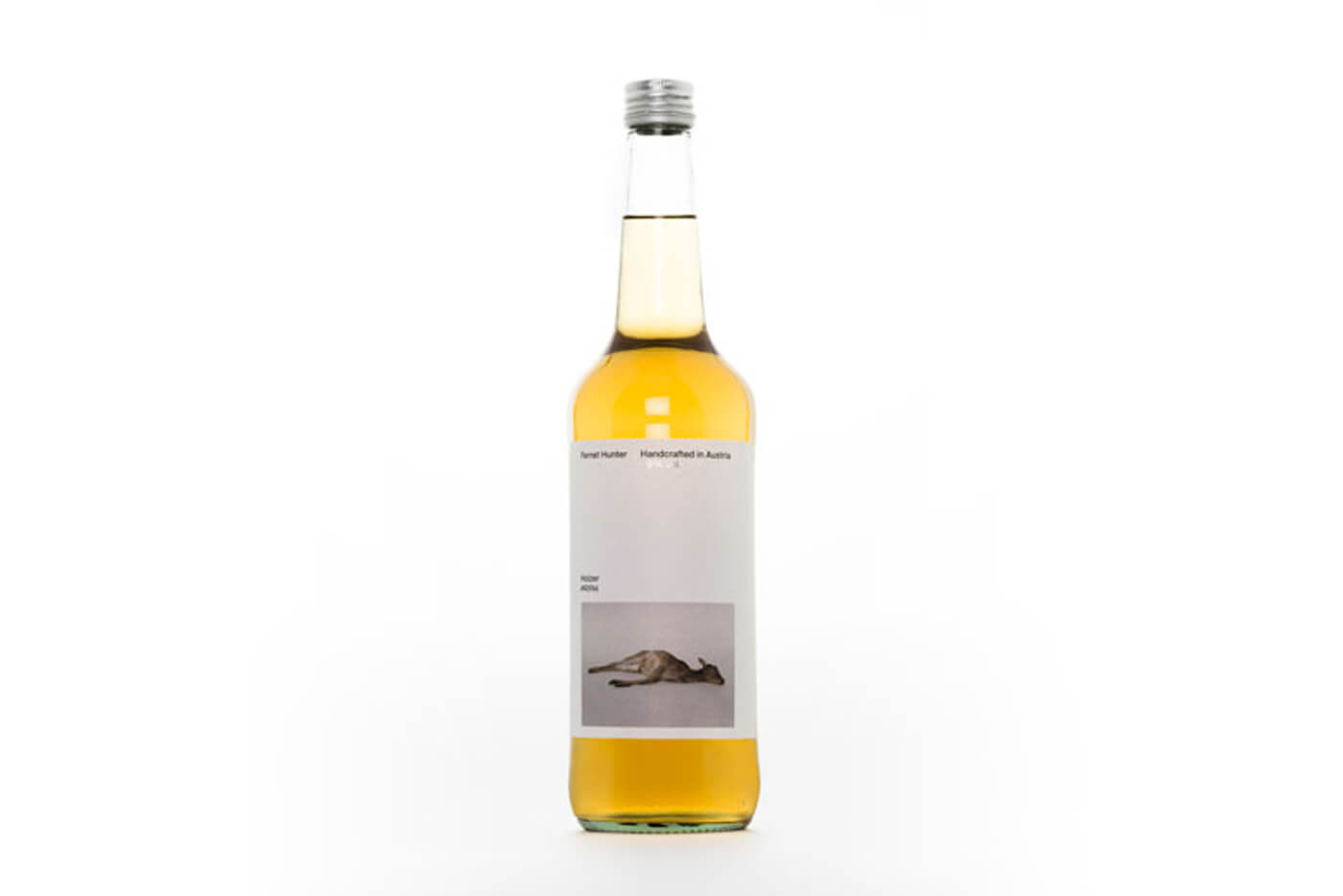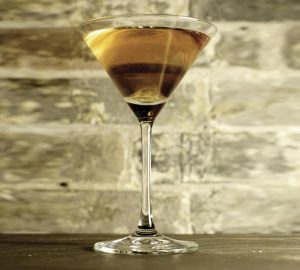What is it Fernet, unusually, isn’t defined by an otherwise bureaucratic European Union. It’s not even mentioned in the EU’s regulations for spirits, whereas obscure items such as nocino (walnut liqueur), guignolet (liqueur from a specific cherry) and topinambur (artichoke spirit) all get a working- over. In fact, in one article, the laws state that anyone can use “bitter” for products not covered by other categories. In other words, lawmakers faced up to the reality that the bitter universe ranged from Italian and French aperitifs through to amari, fernets, German digestive liqueurs and Scandinavian health tonics… and gave up. Take this new entrant. Created by two friends who met in Hong Kong – Raphael Holzer (a former manager of Yardbird) and Neville Kotewall – it’s yellow, for a start, nothing like the brooding dark of Fernet Branca. Nor does it have Branca’s minty, menthol freshness.
What it tastes like After a volatile airing, the nose relaxes into familiar herbal-floral territories of Chartreuse and genepi, with bitter orange, gentian and juniper notes. On the palate, the sweetness is balanced with bitter chamomile, more juniper, and a hot, baking spice finish (the producers actually list arnica, orris root, and lavender). Spirits writer Camper English has tentatively defined fernets as sharing aloe, saffron, quinquina, gentian, anise, angelica, mint and sometimes white agaric – a mushroom that grows on the bitter bark of the larch tree. But these are only from known recipes. Whatever the truth (or lack of it), Hunter has pedigree: Holzer’s great grandfather, Oskar Holzer, worked for Fernet Stock during the Second World War, when the company moved to Austria. His son, Guido, carried on the tradition, becoming a distiller at Stock and later starting his own distillery in Austria’s Brunnwald forest – where Hunter is now made, and flavoured with locally picked, cold-infused botanicals.
Available from Sunday’s Grocery (Hong Kong).








